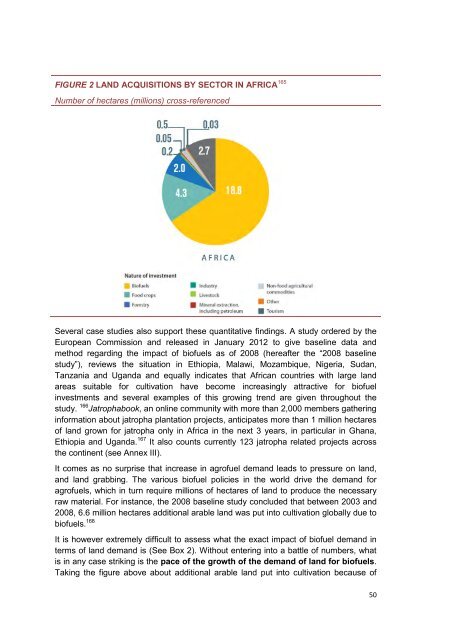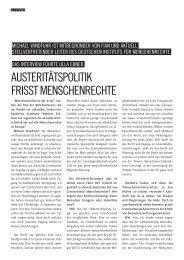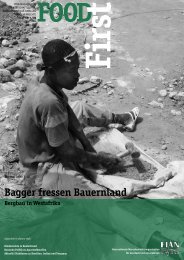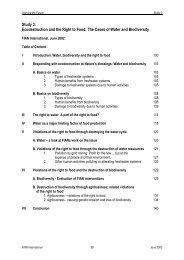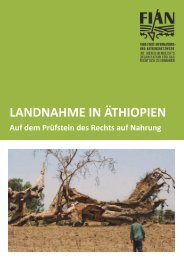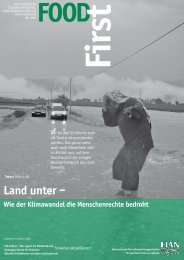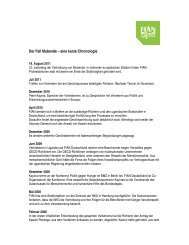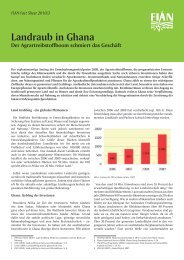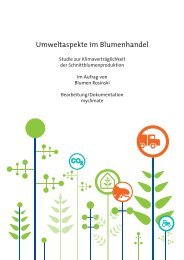(Bio)Fueling Injustice? - Europafrica
(Bio)Fueling Injustice? - Europafrica
(Bio)Fueling Injustice? - Europafrica
Create successful ePaper yourself
Turn your PDF publications into a flip-book with our unique Google optimized e-Paper software.
FIGURE 2 LAND ACQUISITIONS BY SECTOR IN AFRICA 165<br />
Number of hectares (millions) cross-referenced<br />
Several case studies also support these quantitative findings. A study ordered by the<br />
European Commission and released in January 2012 to give baseline data and<br />
method regarding the impact of biofuels as of 2008 (hereafter the “2008 baseline<br />
study”), reviews the situation in Ethiopia, Malawi, Mozambique, Nigeria, Sudan,<br />
Tanzania and Uganda and equally indicates that African countries with large land<br />
areas suitable for cultivation have become increasingly attractive for biofuel<br />
investments and several examples of this growing trend are given throughout the<br />
study. 166 Jatrophabook, an online community with more than 2,000 members gathering<br />
information about jatropha plantation projects, anticipates more than 1 million hectares<br />
of land grown for jatropha only in Africa in the next 3 years, in particular in Ghana,<br />
Ethiopia and Uganda. 167 It also counts currently 123 jatropha related projects across<br />
the continent (see Annex III).<br />
It comes as no surprise that increase in agrofuel demand leads to pressure on land,<br />
and land grabbing. The various biofuel policies in the world drive the demand for<br />
agrofuels, which in turn require millions of hectares of land to produce the necessary<br />
raw material. For instance, the 2008 baseline study concluded that between 2003 and<br />
2008, 6.6 million hectares additional arable land was put into cultivation globally due to<br />
biofuels. 168<br />
It is however extremely difficult to assess what the exact impact of biofuel demand in<br />
terms of land demand is (See Box 2). Without entering into a battle of numbers, what<br />
is in any case striking is the pace of the growth of the demand of land for biofuels.<br />
Taking the figure above about additional arable land put into cultivation because of<br />
50


